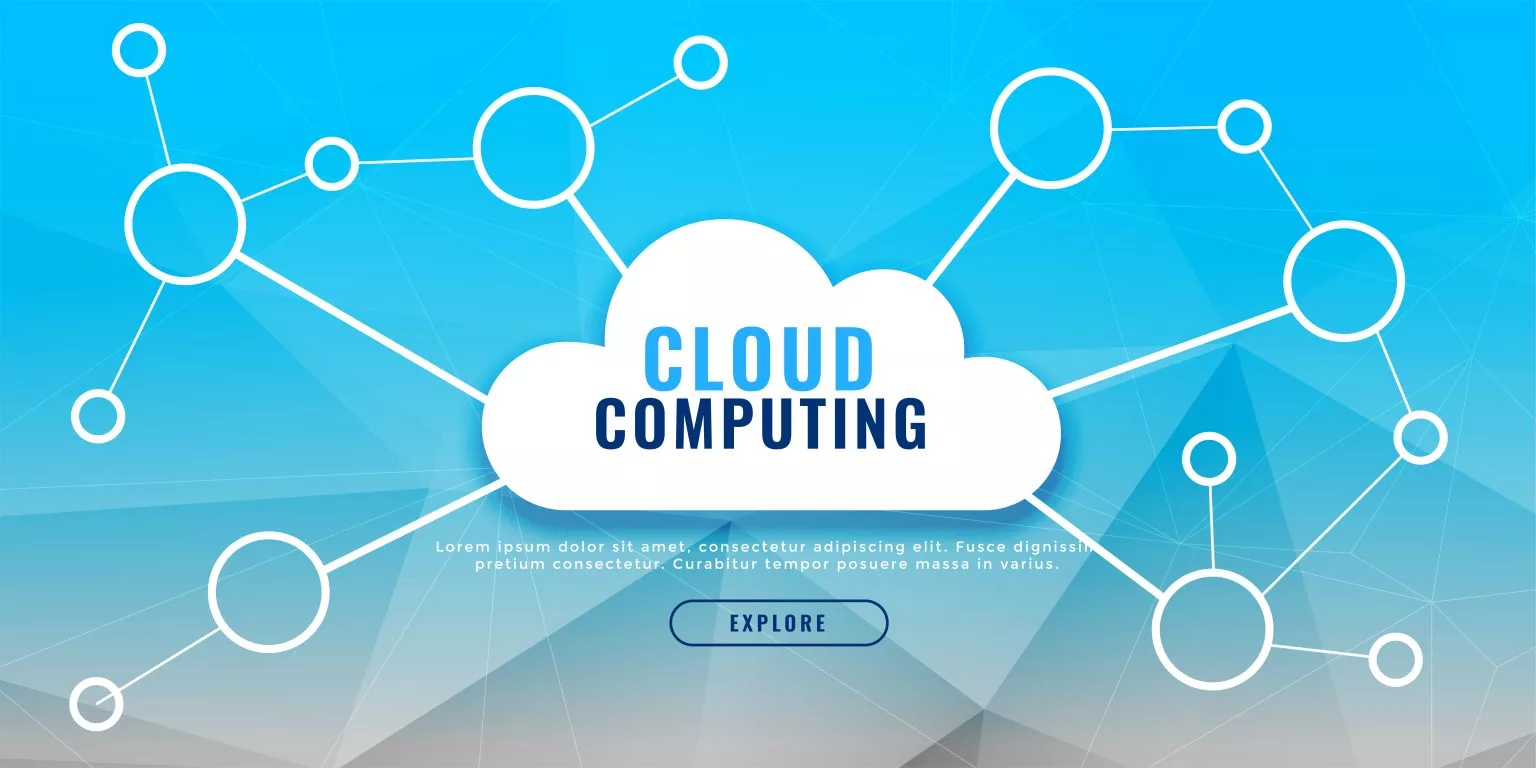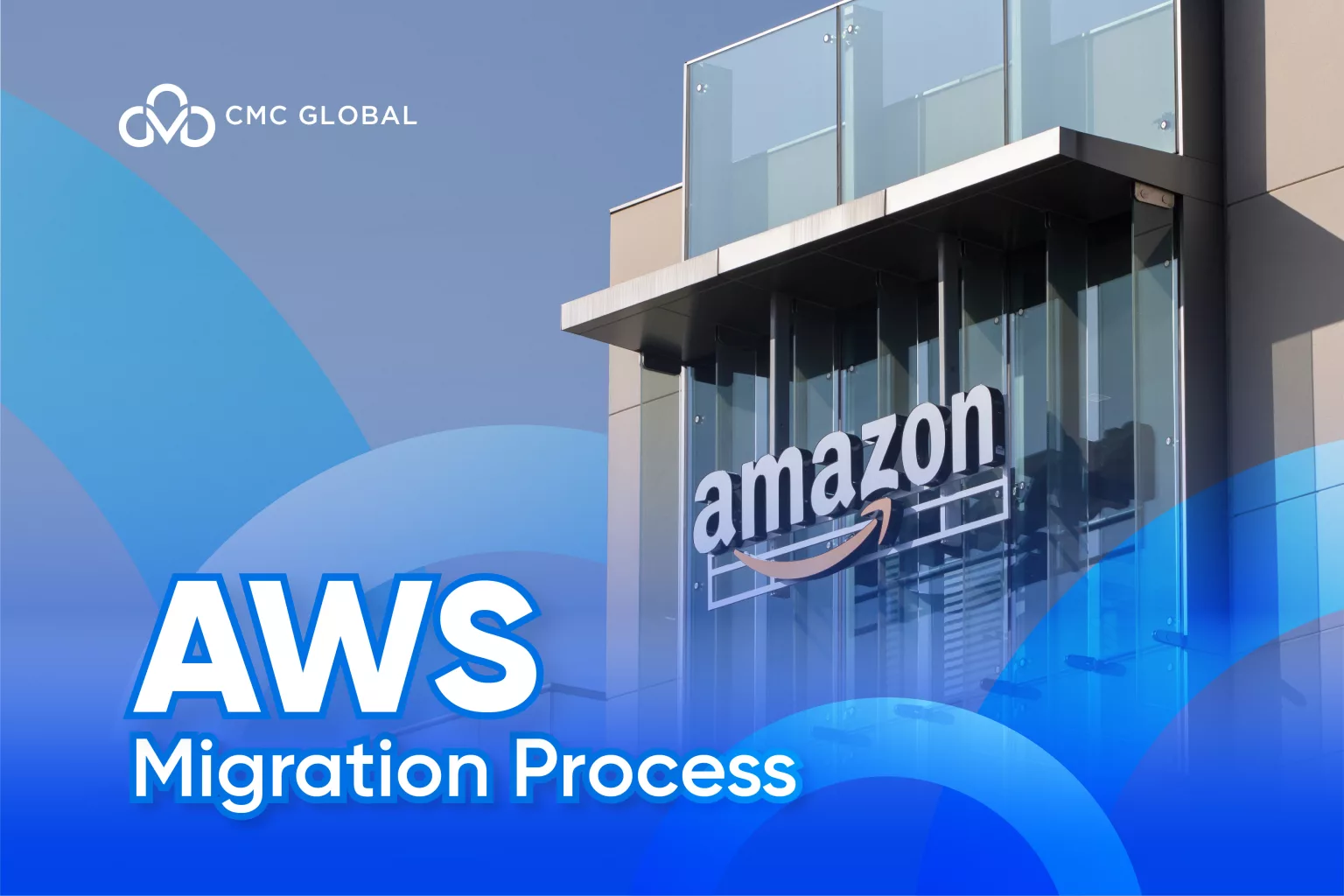“Cloud-first” strategy is becoming a primary focus for C-suite executives. However, the cloud computing landscape faces significant challenges as 37% of organizations report that the cloud has failed to deliver a strong ROI (CFOTech Australia, 2024)
To lead the multi-cloud journey while optimizing cloud budget, the Australian FSI industry should look at major trends affecting how banks adopt cloud technology, such as the growth of local cloud service providers, cloud features customized specifically for the banking industry, and the shift to deploy mission-critical app workloads in the cloud.
By 2030, these five significant cloud changes and advancements are expected to become real in the banking industry.
The future of banking cloud in 2030
#1 Variable Cloud Cost Models Will Drive Active Changing of CSPs

Based on Australian IT Spending Forecast by Gartner, IT spending in Australia is projected to exceed $133 billion in 2024, an increase of 7.8% from 2023.
Most Australian CIOs are focused on optimizing infrastructure and operational costs and efficiencies, by further investing in cloud and digital enablement to deliver higher business outcomes and revenue. In this case, the cloud strategy will include new key decision makers that typically oversee operating expenses, such as the CFO and the procurement office.
Banks will actively move their cloud workloads to benefit from pricing competition among CSPs, and CSPs will need to provide more real-time visibility into variable or usage-based prices.
#2 Multi-cloud will dominate, and cloud projects will call for more complex governance.

According to Oracle, 93% of Australian enterprises said they have adopted multi-cloud infrastructure provider strategy. The National Australia Bank, for example has created a multi-cloud framework to run its most critical operations on two different clouds, thereby, enabling it to serve customers better while ensuring safety.
With multi-cloud environments becoming commonplace at banks, the complexity of the cloud will rise, demanding stronger regulation. There will be complicated cloud standards as governments enforce multi-cloud rules and cloud service providers (CSPs) apply management in various ways. Therefore, the need for a Chief Cloud Officer in each business will soon arise.
Read more: Stagnate Or Innovate: A Deep Dive Into Asia Technology Outlook & Strategic Imperatives
#3 Mission-critical applications (MCAs) will deploy mainly on public clouds.

The use of the public cloud will quickly expand beyond “horizontal” software and move into the very centre of banking, incorporating mission-critical applications (MCAs) such as core banking and payment systems, as well as disaster recovery (DR).
Core banking systems and other MCAs are expected to relocate to the public cloud more quickly by 2030. Backup and restore capabilities, customer-facing online experiences, and other employee apps will follow where there are more public cloud users for banking than users of other delivery models.
#4 Cloud service providers’ (CSPs) regional and banking experience will be just as important as their global expertise.

According to Gartner, 65% of application workloads will be optimal or ready for cloud delivery by 2027, up from 45% in 2022. As cloud computing becomes more popular and the market competition continues to grow, the cost of cloud computing will fall, while industry specialization will differentiate CSPs.
Banks will ask for more banking-specific features from their cloud providers as the financial industry becomes increasingly competitive. Cloud specialty will include regional and enterprise skills that align with banking regulations, product mix, specific software programs used by the industry, and degree of interoperability with banks’ ecosystem partners.
#5 More competition for cloud talents will result in higher costs and differentiation.

The cloud talent shortage is already a reality. Although the talent supply will increase, demand (and therefore talent expenses) will continue to surpass supply due to multi-cloud adoption and rising competition.
Gaining possession of cloud talent will give banks a competitive advantage and accelerate the launch of new products and modifications (such as regulatory compliance).
Banking Cloud Leaders Must Take Action Now
#1 Build a multi-cloud strategy
Adopting a multi-cloud strategy, where you utilize cloud computing services from multiple providers, can be instrumental in optimizing cloud costs. Each provider offers unique strengths and weaknesses, and by leveraging multiple clouds, you can maximize the benefits of each.

One key advantage of this approach is the potential for significant cost savings. Since each cloud provider has distinct pricing models and rates for various services, you can compare and choose the most cost-effective options for your needs. Furthermore, a multi-cloud strategy enhances risk management, offers greater flexibility, and helps prevent vendor lock-in.
#2 Develop Flexible Governance, Cloud-Based Models

Dеvеloping flеxiblе govеrnancе for cloud-basеd modеls is еssеntial to maintain control, sеcurity, and compliancе whilе taking full advantagе of thе cloud’s scalability and agility. Hеrе’s a stеp-by-stеp guidе to achiеving flеxiblе govеrnancе in cloud-basеd еnvironmеnts:
- Undеrstand Your Businеss Objеctivеs: Start by undеrstanding your organization’s ovеrall businеss objеctivеs and how cloud sеrvicеs can support thеm. This knowlеdgе will guidе your governance stratеgy.
- Assеss Cloud Maturity: Evaluatе your organization’s currеnt cloud maturity lеvеl. This includеs undеrstanding your еxisting cloud infrastructurе, applications, and sеrvicеs.
- Dеfinе Govеrnancе Goals: Clеarly dеfinе your govеrnancе goals, focusing on kеy arеas likе sеcurity, compliancе, cost managеmеnt, and data managеmеnt.
- Crеatе a Govеrnancе Tеam: Form a cross-functional govеrnancе tеam that includеs rеprеsеntativеs from IT, sеcurity, compliancе, financе, and othеr rеlеvant dеpartmеnts. Ensurе that all stakеholdеrs havе a voicе in thе govеrnancе stratеgy.
- Sеlеct Govеrnancе Framеworks: Choosе suitablе govеrnancе framеworks, standards, and bеst practicеs. For еxamplе, you might follow industry-spеcific rеgulations or adopt еstablishеd cloud govеrnancе framеworks likе thе Cloud Cеntеr of Excеllеncе (CCoE) modеl.
- Establish Policiеs and Procеdurеs: Dеvеlop clеar, comprеhеnsivе policiеs and procеdurеs that addrеss sеcurity, data protеction, cost control, and compliancе rеquirеmеnts. Ensurе that thеsе policiеs align with your govеrnancе goals.
- Implеmеnt Rolе-Basеd Accеss Control (RBAC): Dеfinе rolеs and rеsponsibilitiеs within your organization to managе cloud rеsourcеs еffеctivеly. Implеmеnt RBAC to control accеss and pеrmissions.
- Continuous Monitoring and Compliancе: Sеt up continuous monitoring and auditing procеssеs to track compliancе with policiеs. Utilizе cloud sеcurity and compliancе tools to automatе and strеamlinе thеsе procеssеs.
#3 Consider a Total Cloud Approach
Planning an approach to cloud computing that includes mission-critical applications on both private and public clouds is a complex and critical undertaking. This hybrid cloud strategy combines the benefits of public and private clouds while addressing specific needs for performance, security, and compliance. Here’s a step-by-step guide on how to plan and execute this approach:
Assessment and Requirement Gathering
- Start by understanding your organization’s business goals and IT requirements.
- Identify the mission-critical applications that need to run in the cloud.
- Determine the specific requirements for performance, scalability, security, and compliance for these applications.
Define Your Hybrid Cloud Strategy
Decide on the type of hybrid cloud model you want to adopt. Common models include:
- Private-First: Primarily on a private cloud, with the ability to burst into the public cloud when needed.
- Public-First: Primarily on a public cloud, with sensitive workloads on a private cloud.
- Balanced: A mix of public and private cloud resources for different applications.

Select Cloud Providers
- Choose public and private cloud providers that align with your requirements and strategy.
- Consider factors such as pricing, geographical presence, compliance certifications, and services offered.
Application Deployment and Management
- Architect your applications for the cloud, considering scalability, redundancy, and fault tolerance.
- Use containers and orchestration tools for portability and flexibility.
- Set up monitoring and management tools for application performance and resource optimization.
Compliance and Governance
- Ensure that your hybrid cloud setup complies with industry regulations and internal governance policies.
- Implement monitoring and auditing tools to maintain compliance.
#4 Develop a “Glocal” Cloud Approach

Increase the agility and adaptability of a hybrid cloud approach involving global and local CSPs by shifting workloads among them to reduce risk and increase compliance.
Undеrstand Local Rеquirеmеnts
- Rеcognizе that local cloud providеrs might offеr spеcializеd sеrvicеs or havе a bеttеr undеrstanding of rеgional compliancе and sеcurity rеgulations.
- Undеrstand thе spеcific nееds and advantagеs of local cloud providеrs to lеvеragе thеir еxpеrtisе.
Lеvеragе a Multi-Cloud Managеmеnt Platform
- Usе a multi-cloud managеmеnt platform to managе rеsourcеs across global and local cloud providеrs from a singlе intеrfacе.
- This simplifiеs rеsourcе managеmеnt, monitoring, and cost optimization.
#5 Make HR an important part of your cloud internal approach

Involve Human Resources in Cloud Talent Acquisition and Retention process, as these important human assets will become in short supply. –> outsource cloud talent
Consider going cloud-native?

Given all the benefits of cloud computing, it’s no surprise that many businesses seek help from a third-party partner. Outsourcing partners such as CMC Global can help at every stage of the process as the AWS Advanced Tier Services Partner can suggest the right strategy to accelerate your business outcomes.
Ready to learn how CMC Global can help you benefit most from cloud computing? Get in touch with our team of experts today to schedule a consultation about your business needs and objectives.




